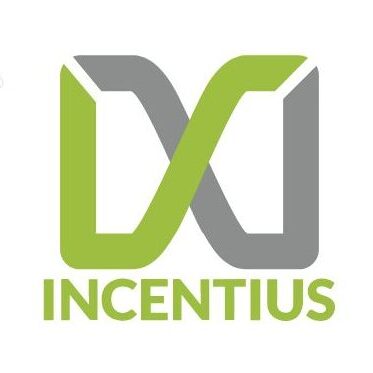Enterprise Software – What stack should I choose? Marketing March 19, 2021
Enterprise Software Development and the Importance of Selecting the Correct One
Enterprise software development is developed to meet the needs of the entire enterprise. It does not focus on an individual’s goals and needs. It is also referred to as Custom Software Development. The reason behind this name is that we can customize this software as per our needs. Its main aim is to design context. Enterprise software development is a little complex. We have to understand the problem of the whole enterprise, which is a difficult task. It is necessary to choose the right technological stack for a company. Choosing a stack depends on the needs of the business. It is important to choose the right stack for our project. Every stack has a distinct set of features. So we must choose the one that is compatible with our needs. Also, it will affect the cost to the company as well. The stack we choose must be quite popular. It will help an enterprise to find experienced developers without any hassle.
Tech Stack
A tech stack or Technology stack is a set of tools that developers use to make a web application. It is a combination of programming languages, libraries, patterns, servers, software & tools. All of these help developers develop an application. It has various layers of components and servers. A tech stack is also known as a data ecosystem for storing and analyzing technologies. We must choose a tech stack after knowing its pros and cons. It is because our project depends on the Tech stack which we will choose. Tech Stack consists of two components called frontend and backend. These are also known as client-side and server-side.
Popular used Technology Stacks for Enterprise Software Development
The most common and popular stacks for enterprise development are-
FACTORS TO CONSIDER FOR ENTERPRISE SOFTWARE DEVELOPMENT
1. Type of project
We must consider the type of project. Our choice depends on the complexity of our project.
- If the project is small, then we need a stack that is simple and faster. For example- Drupal or WordPress.
- If the project is medium-sized, then we need a high technological stack. The stack should be sophisticated. It has various combinations of tools and features to support the project.
- If the project size is large or complex, then we need a program with many features. We need a stack with complex and more sophisticated features.
2. Scalability
We must choose a scalable stack. The stack must have room for new changes. Our stack must handle the growth with an increase in app users. The stack must consist of provisions of vertical as well as horizontal scalability.
3. Maintenance
The maintenance of the web app depends on the codebase of the app. It is necessary to choose a language that uses a manageable coding style. This will help developers to change and transit the app code easily. If the coding style is verbose, then it is a little difficult to change them.
4. Cost of development
Nowadays, almost all the stacks are open-source. But a tech stack with complex features may charge you a certain license fee for that. You must analyze all the in-built and premium features before buying any stack. You must see whether it will fall under your budget or not. Also, some tech stack developers demand a high salary. The cost of maintenance should also be taken into consideration.
5. Team expertise and Knowledge
The knowledge and expertise of developers affect the decision. We must choose a stack that our team can handle. Also, you can train your employees to handle certain stacks.
Back End Tech Stack for Enterprise Software Development
Backend Tech stack also refers to server-side stack. This is not visible to the end user. It involves business logic, databases & management. It ensures the proper functioning of all the features and components together. It is the inner working of the website which is not visible to its end-user. A back-end stack consists following elements –
1. Programming languages – They create logic for apps and websites
2. Frameworks – They provide support to applications
3. Servers – They manage client requests
4. Databases – They store data, documents, web pages, etc.
Some famous Back-end technologies are NodeJS, PHP, .NET, Python, etc. It uses its tools to create a web application with its well-structured code.
Front-End Tech Stack for Enterprise Software Development
Front-end Tech stack also refers to the Client-server stack. It is a user-side software. It enables a user to interact with the program. It is employed with both mobile and web development. It handles the user-facing code of a website.
- For the web, we use HTML, CSS, and JavaScript languages. HTML is used to build and place content. CSS is for the styling of content materials. JavaScript is its scripting language.
- For mobile, native and hybrid technologies can be used. Hybrid is based on languages such as HTML, CSS, and JavaScript. Native on Java, Kotlin, Xamarian, etc.
Some of the Front-end Tech Stack are ReactNative, AngularJS, Vue.js, etc.
Conclusion
In a nutshell, we must keep every factor in our mind while choosing a stack for your project. The stack must support and fulfil the needs of business goals. The success of our project depends on the stack only. You must check the pros and cons of every stack and then choose one from them. You must have an experienced and skilled set of people. Cross-check all the aspects of every stack. If you choose the right tech stack, then it will save you cost as well as time.


